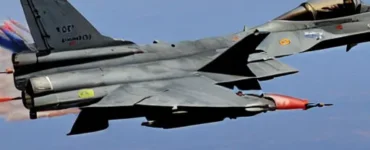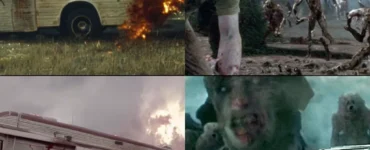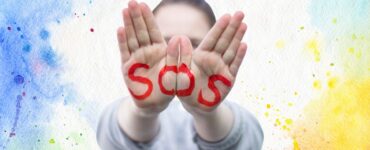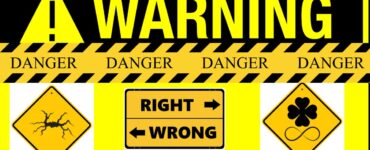Independence Day Facts
On August 15, 1947, India was liberated from the grip of colonial British rule after some 200 years of slavery. In India, the largest democratic republic in the world, Independence Day is a national holiday. When the entire country sets out to celebrate the 73rd Independence Day on August 15, 2020, here are some very fascinating facts about Independence Day.
1. Mahatma Gandhi was unable to celebrate the first Independence Day in Delhi.
Even as the country welcomed the hard-won independence on 15 August 1947, the Mahatma Gandhi was away from the celebrations fasting to end the Hindu-Muslim riots in Bengal.
2. The tri-colour flag, which is India’s national flag, is based on the Swaraj flag, which was created by the Machilipatnam farmer Pingali Venkayya, a freedom fighter.
3. During the time of liberation, India did not have an official national anthem. In 1911 Jana Gana Mana was written a long way ago. It was, however, formally adopted and given Indian national anthem status on 24 January 1950.
4. Have you ever thought how was Independence day chosen?
It was Lord Mountbatten, the country’s last Viceroy and First Governor-General, who chose to declare India’s independence on August 15. British Parliament gave him the powers to transfer power to Indians by June 1948. Nevertheless, to prevent bloodshed and protests he arranged it to August 15, 1947. It’s said he chose this day as the day also commemorates Japan’s second anniversary of surrendering to the Allied Forces.
5. Pakistan celebrates its Independence Day on August 14 so that Lord Mountbatten, the last British Viceroy, may attend the ceremony. Since Mountbatten was expected to grace the Independence Day ceremonies in both countries as the last Viceroy of an undivided India, this decision was made.
6. While achieving their independence in various years, five other countries are celebrating their independence along with India on August 15—including Bahrain, North Korea, South Korea, the Republic of Congo, and Liechtenstein.
7. The name India originates from the Indus River. The valleys around the river became the place of India’s first inhabitants
8. On August 15, 1947, ceremonies began at 8 a.m., with Prime Minister Jawaharlal Nehru and his cabinet as well as the newly reappointed Governor-General Lord Mountbatten sworn in at the Government House. Federal Court Chief Justice (as it was then called the Supreme Court) Justice Harilal Kania, administered the oath to the new Governor-General, who then swore in the Prime Minister and his ministers. The only minister who could not be sworn in that day was Jagjivan Ram, still in hospital after a recent plane crash.
9. There was a burst of rain as the tricolour was eventually hoisted and a rainbow appeared brightly in the sky. People had seen a good omen in this. “According to a report from that time, they gazed at three famous rainbow colours and yelled ‘heavenly flag’ “. On the morning of the next day, 16 August, Prime Minister Nehru made the first hoisting national flag on Red Fort ramparts, which has since become a tradition on Independence Day.
10. At Princess Park, near the Indian Gate, the first public hosting took place in the afternoon. There had been more than half a million people to attend the ceremony. The field for the parade was surrounded by wire fencing and the special guests had numbered seats. Yet the crowd didn’t pause.
After some time, the police gave up and let the people go. Since attempting to join in vain, several notable visitors, including ministers, ambassadors, and military leaders, had to return. The box and the march had to be stopped due to the rush. The official account discusses Mountbatten and Nehru talking about helping children and women who were taken in a rush.
11. Indian independence was formally proclaimed in the Constitution Hall at the fifth sitting of the Constituent Assembly of India, in what is now the House of Parliament at midnight on 14/15 August. The meeting began at 11 pm with Dr Rajendra Prasad, President of the Constituent Assembly, and Vande Mataram recited by Sucheta Kriplani, a freedom fighter.
Followed by Dr Prasad delivering his presidential address, which started with the lines “In this solemn hour of our history, when, after many years of struggle, we are taking over the leadership of this land, let us give humble thanks to the Almighty Force, which forms the destinies of men and nations, and let us recall in thankful remembrance the contributions and sacrifices of all those men and women, both known and unknown, who, with their smiles on their faces, marched to the gallows or faced the bullets”.
Also Read: 11 Funny Things You Probably Didn’t Know Until Now






